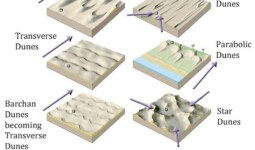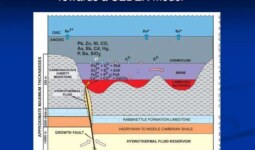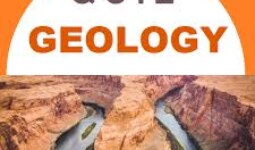Continental accretion and plate tectonics are fundamental concepts in geology that help explain the formation and movement of Earth’s continents. Here’s an overview of both concepts:

Continental Accretion:
Continental accretion is the process by which continents grow in size over geological time scales. It involves the addition of new material to the edges of existing continents through various geological mechanisms. Key aspects of continental accretion include:
- Subduction Zones: One of the primary mechanisms for continental accretion is the subduction of oceanic plates beneath continental plates. When an oceanic plate descends into the mantle beneath a continent, it can melt and generate magma that rises to form volcanic arcs. Over time, the accumulation of volcanic material adds to the continental edge.
- Terrane Accretion: Terranes are distinct geological blocks with unique histories and rock compositions. They can be added to continents through processes like collision or convergence. When two tectonic plates collide, terranes may be thrust onto the continent, contributing to its growth.
- Sedimentation: Rivers and other erosional processes continually deposit sediment along the edges of continents. Over time, these sediments can accumulate and become part of the continent, adding to its mass and size.
- Orogeny: Mountain-building events, known as orogenies, can result in the thickening and uplift of continental crust. This process can add material to the continental lithosphere.
- Rifting and Seafloor Spreading: While continents grow at their margins, they can also break apart through processes like rifting. New ocean basins can form as continents split apart, but this can be followed by seafloor spreading, which adds material to the edges of continents over time.
Plate Tectonics Model:
Plate tectonics is the overarching model that explains the dynamic movement of Earth’s lithospheric plates. It is closely related to continental accretion and involves the following key principles:
- Lithospheric Plates: The Earth’s rigid outer shell, known as the lithosphere, is divided into several large and smaller tectonic plates that “float” on the semi-fluid asthenosphere beneath them.
- Plate Boundaries: Plate boundaries are regions where plates interact. There are three main types of plate boundaries: divergent (plates move apart), convergent (plates move together), and transform (plates slide past each other). These boundaries are responsible for various geological phenomena, including earthquakes, volcanic eruptions, and the creation and destruction of ocean basins.
- Plate Motions: Plates move due to the connective currents in the semi-fluid asthenosphere. At divergent boundaries, new crust is formed as plates pull apart. At convergent boundaries, crust is destroyed or accreted as plates collide or subduct. At transform boundaries, plates slide horizontally past each other.
- Continental Drift: The theory of continental drift, proposed by Alfred Wegener, suggests that continents were once part of a supercontinent called Pangaea and have since moved to their current positions.
- Seafloor Spreading: This process, which occurs at mid-ocean ridges, involves the creation of new oceanic crust as magma rises from the mantle, pushing apart tectonic plates.
The plate tectonics model provides a comprehensive framework for understanding the movement of Earth’s lithospheric plates, the formation and destruction of ocean basins, the growth of continents through accretion, and the geological processes that shape our planet’s surface. It is a unifying theory that has revolutionized the field of geology and has implications for various Earth sciences, including geophysics, geochronology, and paleontology.




Leave a comment